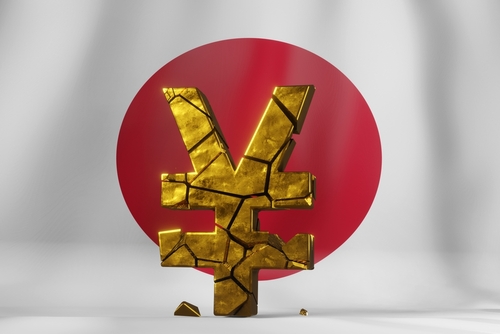

This article is only available to Macro Hive subscribers. Sign-up to receive world-class macro analysis with a daily curated newsletter, podcast, original content from award-winning researchers, cross market strategy, equity insights, trade ideas, crypto flow frameworks, academic paper summaries, explanation and analysis of market-moving events, community investor chat room, and more.
Summary
- The BoJ maintained its policy rate today as expected.
- The BoJ still sees a sluggish growth outlook, while supply pressures stemming from higher food prices pushed 2025 inflation higher.
- Governor Ueda’s tone during the presser was dovish as he reiterated a US trade deal alone is insufficient to prompt a further hike. He also emphasised the lack of urgency as the BoJ is not at risk of falling behind the curve.
Market Implications
- Ueda’s dovish stance should lead to USD/JPY reaching 152 as an intermediate target, with 155 also likely by end-August.
- There is now a risk to our October rate hike assumption, but the September BoJ meeting and interim governor speeches will be key.
Dovish Ueda Sees Lack of Urgency to Hike Rates
The BoJ held rates as expected and updated forecasts. Most projections remained unchanged except for a sharp upward revision to 2025 inflation – driven entirely by higher food prices, particularly rice. The broader outlook still indicates sluggish growth and persistent supply cost pressures.
Overall, Ueda struck a dovish tone during the presser:
Limited urgency to hike: Ueda emphasised the BoJ is not behind the curve or at risk of falling behind. His use of ‘urgency’ signals timing for the next hike, and so its absence today effectively rules out September and likely October moves.
Trade deal insufficient for action: While uncertainty has decreased since April and Japan secured a trade deal with the US, this is insufficient to trigger rate hikes. Ueda maintains his stance that the BoJ needs clearer visibility on how trade uncertainties and US tariffs impact the global and domestic economies.
Why no hike despite higher inflation? Underlying inflation remains below 2%, with recent increases being supply driven. Ueda called it counterproductive to hike solely due to food prices where monetary policy has limited impact. This feels like classic BoJ delay tactics, where Ueda buys time until trade uncertainty fades rather than genuinely focus on inflation drivers. However, the slowdown in the weighted median and trimmed mean metrics in June supports Ueda’s stance (Chart 1).
Yet, Japan’s supply side inflation has been a persistent theme since 2022 and continues driving the outlook for stronger wage gains and therefore higher services inflation ahead.
Minimal FX concern: On USD/JPY, Ueda noted current levels align with original forecasts. Most corporates budgeted around 145, and import prices are down 12% YoY (what the BoJ actually monitors, Chart 2). The currency is not generating inflationary pressure, effectively green-lighting JPY shorts and indicating 152 as the next USD/JPY target.
This dovish stance risks pushing consensus timing (including ours) back from October. Expect JPY to remain under pressure unless risk-off sentiment emerges. Watch for Finance Minister Kato’s verbal intervention that will likely surface as 155 approaches. A stronger JPY must be driven by risk-off in equities, which may be more likely in September when seasonality is unfavourable.
